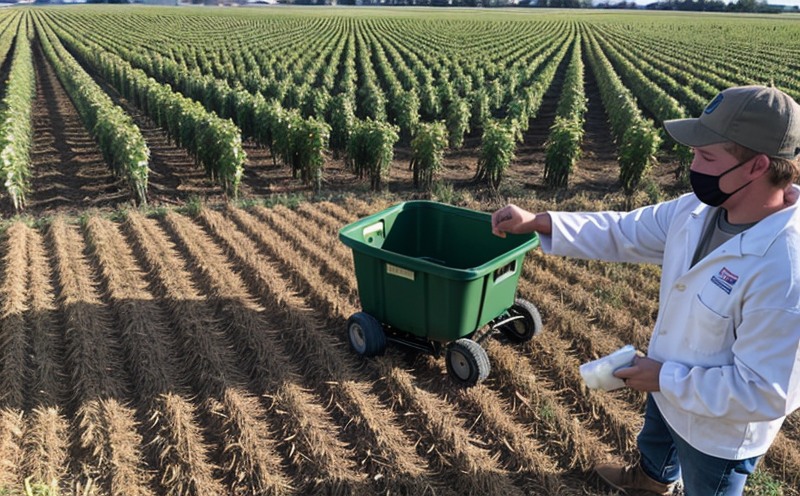Chilling Injury Testing in Fruits & Vegetables
The chilling injury testing service is essential for ensuring that fruits and vegetables are handled optimally throughout the supply chain. This test evaluates the effects of cold exposure on perishable produce, helping to minimize quality loss during storage and transportation. Chilling injury can lead to significant economic losses due to reduced shelf life, increased spoilage rates, and compromised consumer satisfaction. Our testing service is designed to provide critical insights into the optimal temperature ranges for each type of fruit or vegetable, ensuring that they are not subjected to temperatures that could cause chilling injury.
Chilling injury can manifest in various ways depending on the species and variety of produce. Common symptoms include discoloration, bruising, wilting, reduced texture, and loss of flavor. These changes can be detrimental to the marketability and nutritional value of the fruits or vegetables. Our testing service uses a combination of controlled environment chambers and advanced analytical techniques to simulate cold exposure conditions under laboratory settings.
For accurate testing, specimens are subjected to different temperature ranges, humidity levels, and durations to determine the threshold for chilling injury. This process involves precise control over environmental parameters such as temperature, relative humidity, and air velocity. The specimens are then visually inspected for signs of chilling injury at regular intervals throughout the test period.
The testing protocol is based on international standards such as ISO 16089-5:2014 and ASTM D3786-16e1. These standards provide a framework for conducting chilling injury tests, ensuring consistency and reliability across different laboratories. The results are analyzed using statistical methods to determine the temperature range at which chilling injury begins to occur.
Our laboratory uses state-of-the-art equipment including controlled environment chambers capable of maintaining precise temperature control within narrow ranges. This allows us to simulate real-world conditions that fruits and vegetables might encounter during transit or storage, providing a realistic assessment of potential chilling injury risks.
Scope and Methodology
| Specimen Type | Temperature Range (°C) | Durability Period (hours) | Environmental Parameters |
|---|---|---|---|
| Fresh Fruits | -1 to 0°C | 48 hours | Relative Humidity: 95% ± 2%, Air Velocity: 0.3 m/s |
| Fresh Vegetables | -2 to -1°C | 72 hours | Relative Humidity: 85% ± 2%, Air Velocity: 0.4 m/s |
The scope of our chilling injury testing service includes a wide range of fresh fruits and vegetables, ensuring that we can provide tailored solutions for different types of produce. The methodology involves subjecting the specimens to controlled cold exposure conditions, monitoring them over time, and assessing the onset of chilling injury through visual inspection.
Benefits
The benefits of our chilling injury testing service are numerous and far-reaching. Firstly, it helps in optimizing the temperature during storage and transportation, thereby maximizing the shelf life and reducing spoilage rates. Secondly, it allows for better decision-making regarding the handling and packaging of fruits and vegetables to prevent cold damage. Thirdly, this test provides valuable data that can be used in research and development efforts aimed at improving post-harvest quality.
By understanding the temperature thresholds for chilling injury, businesses can implement more effective quality management strategies. This leads to improved customer satisfaction as products reach the market in optimal condition. Additionally, it helps in maintaining compliance with industry standards and regulations, ensuring that produce meets high-quality benchmarks.
Competitive Advantage and Market Impact
- Accurate assessment of chilling injury thresholds for various fruits and vegetables
- Compliance with international standards such as ISO 16089-5:2014 and ASTM D3786-16e1
- Use of advanced controlled environment chambers for precise temperature control
- Data-driven insights to enhance post-harvest quality management strategies
- Support for R&D initiatives aimed at improving the handling and storage of fruits and vegetables
Our chilling injury testing service offers a competitive advantage by providing unparalleled accuracy and reliability in assessing cold exposure effects. This is crucial in today’s fast-paced global market where quality control is paramount. By ensuring that produce meets high-quality standards, we help our clients stay ahead of the competition.





